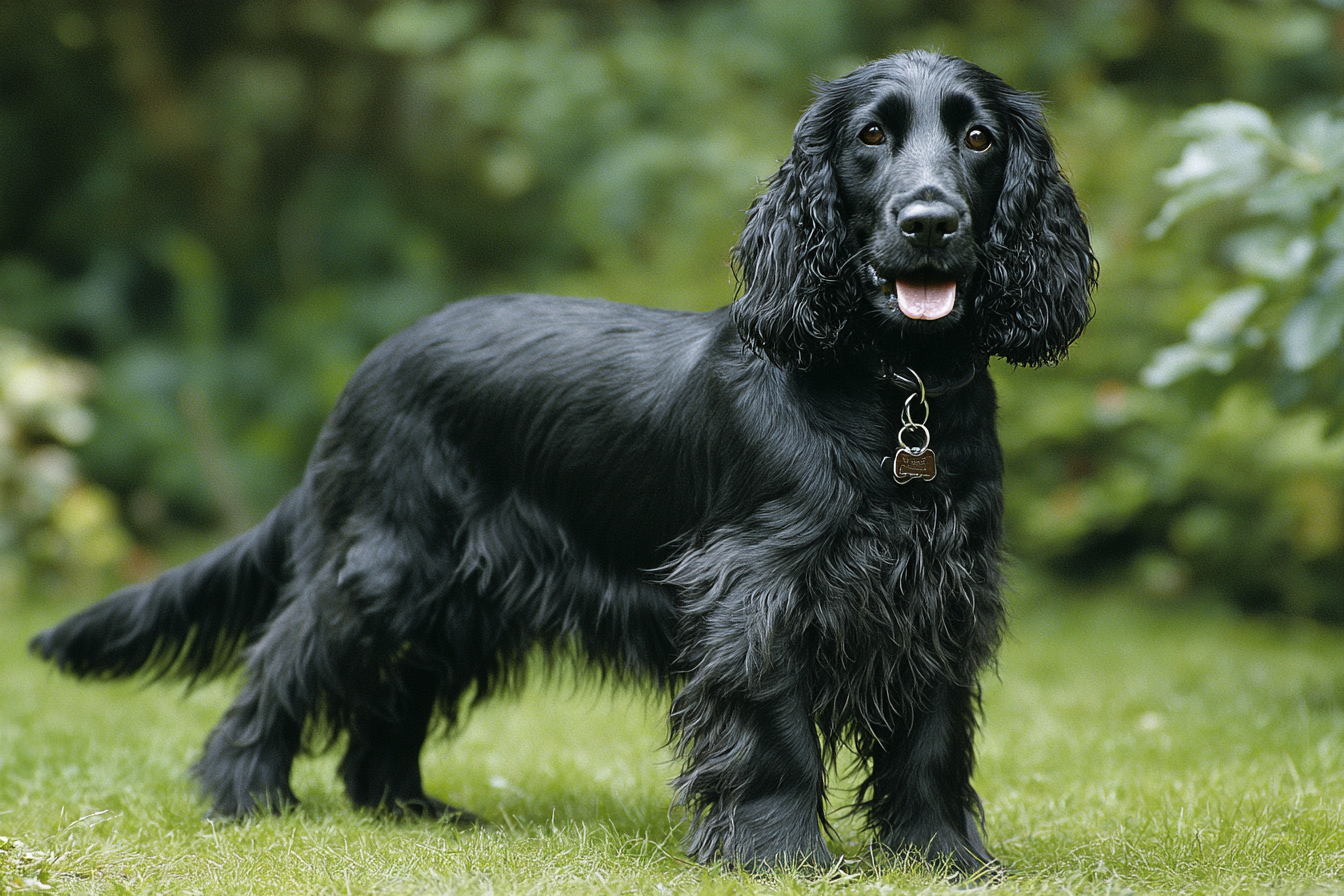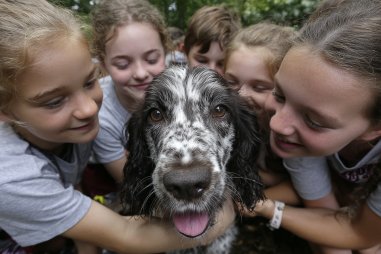If you’re a fan of English Cocker Spaniels or considering bringing one into your family, one question you might have is about their weight and size. Understanding the breed’s standard weight and size not only helps you know what to expect as your dog grows but also aids in maintaining their health over time. This guide will walk you through the typical weight and size ranges, what to anticipate during growth stages, factors that influence their weight, and tips on maintaining an ideal weight through diet and exercise.
Breed Standard Size and Weight Ranges
English Cocker Spaniels are a medium-sized breed known for their friendly temperament and distinctive, soulful eyes. According to breed standards set by major kennel clubs such as the American Kennel Club (AKC) and the United Kennel Club (UKC), adult English Cocker Spaniels have specific size and weight ranges that owners and breeders aim to meet.
Typically, the ideal height of an adult English Cocker Spaniel is between 15 to 17 inches (38 to 43 cm) at the shoulder. When it comes to weight, most adult dogs fall within the range of 26 to 34 pounds (12 to 15.5 kg). Usually, males tend to be slightly larger and heavier than females. However, the emphasis is always on balanced proportions—your dog should be sturdy without being overweight or undersized.
It’s important to note that while these are standard ranges, slight deviations can occur based on genetics and individual differences. Some English Cocker Spaniels might lean towards a leaner frame, while others may be a bit stockier, but staying within the general guidelines helps ensure your dog is healthy and structurally sound.
Growth Stages from Puppy to Adult
Understanding how an English Cocker Spaniel grows can give you clues about their weight and size progression and when they typically reach adulthood.
Puppy Phase
During the first few weeks of life, English Cocker Spaniel puppies grow rapidly. From birth to about 8 weeks, their weight will increase several times over as they develop vital physical and behavioral skills. At around eight weeks, puppies usually weigh between 3 to 7 pounds (1.4 to 3.2 kg) depending on their genetics and litter size.
Juvenile Phase
From 2 to 6 months, puppies continue their rapid growth. This is a critical period to monitor nutrition because proper feeding ensures strong bone and muscle development. At 6 months old, a typical English Cocker Spaniel might weigh about half to two-thirds of their adult weight.
Adolescent to Adult Phase
Between 6 to 12 months, your dog’s growth rate slows down. By their first birthday, most English Cockers will be close to their adult height and weight. Full maturity usually occurs between 12 to 18 months, although some individuals might fill out and gain muscle mass slightly beyond this timeframe.
Factors Influencing Weight
Several factors can influence the weight of your English Cocker Spaniel, including genetics, diet, exercise, and overall health.
- Genetics: The size and build of your dog’s parents play a big role. Some lines may produce smaller or larger dogs within the breed standard.
- Diet: Overfeeding or feeding a poor-quality diet can lead to excessive weight gain or malnutrition, both of which affect healthy size development.
- Exercise: Active dogs tend to have leaner body compositions, while less active dogs may carry extra weight or develop muscle atrophy.
- Health conditions: Issues like hypothyroidism or metabolic imbalances might cause unexpected weight changes.
Because of this, it’s essential to tailor your dog’s food intake, exercise routine, and veterinary care to their specific needs to achieve and maintain a healthy size and weight.
Monitoring Weight for Health
Keeping an eye on your English Cocker Spaniel’s weight is crucial for their overall well-being. Even if your dog falls within the breed’s standard weight and size range, regular monitoring helps catch any sudden changes early.
Here are some simple ways to track your dog’s healthy weight:
- Body Condition Scoring: You should be able to feel your dog’s ribs without pressing too hard, and they should have a visible waistline when viewed from above.
- Regular Weigh-Ins: Use a pet scale or visit your vet regularly to keep track of your dog’s weight, especially during puppyhood and senior years.
- Watch for Behavior Changes: Decreased activity or reluctance to move can sometimes indicate weight-related discomfort or joint stress.
- Vet Check-Ups: Routine veterinary visits are valuable for professional weight assessments and advice tailored to your dog’s health.
Feeding and Exercise for Ideal Weight
Maintaining an ideal weight is a balance of proper nutrition and regular exercise tailored to the energy needs of your English Cocker Spaniel.
Feeding Guidelines
Choose a high-quality commercial dog food formulated for medium-sized breeds, or prepare a balanced homemade diet following a vet’s guidance. Pay attention to calorie content and adjust feeding amounts based on your dog’s activity level, age, and metabolism. Avoid giving excessive treats or human food, which add unnecessary calories.
During the puppy stage, feeding should be frequent but portion-controlled. For adult dogs, feeding twice daily in controlled portions helps maintain stable weight. Always provide fresh water and avoid free-feeding unless your vet recommends it.
Exercise Recommendations
English Cocker Spaniels are active dogs that require daily physical activity to stay happy and healthy. Aim for at least 30 to 60 minutes of exercise each day, which can include:
- Brisk walks
- Playtime in a secure yard
- Fetch or agility games
- Mental stimulation activities
Regular exercise not only helps regulate weight but also reduces behavioral issues caused by boredom or excess energy.
Keeping your English Cocker Spaniel at a healthy weight and size takes some dedication but it greatly improves their quality of life. By understanding breed standards and growth patterns, monitoring their condition regularly, and providing balanced nutrition and adequate exercise, you’ll help your beloved companion thrive and enjoy many happy years by your side.







